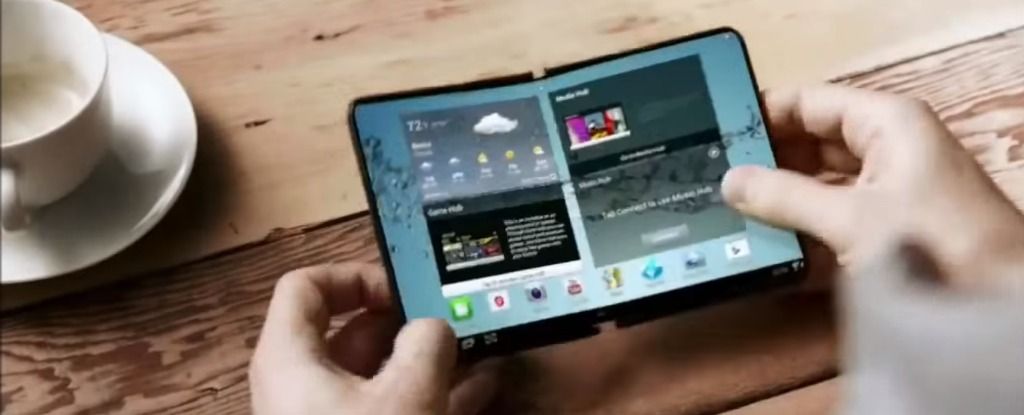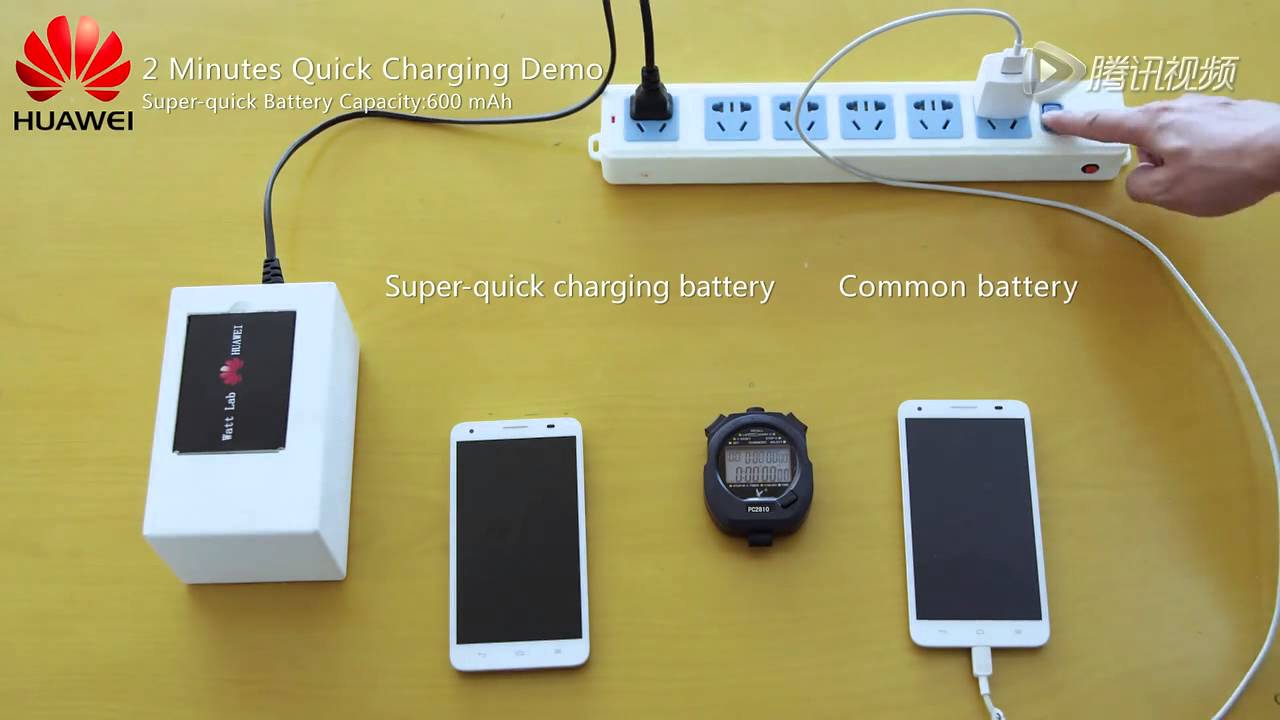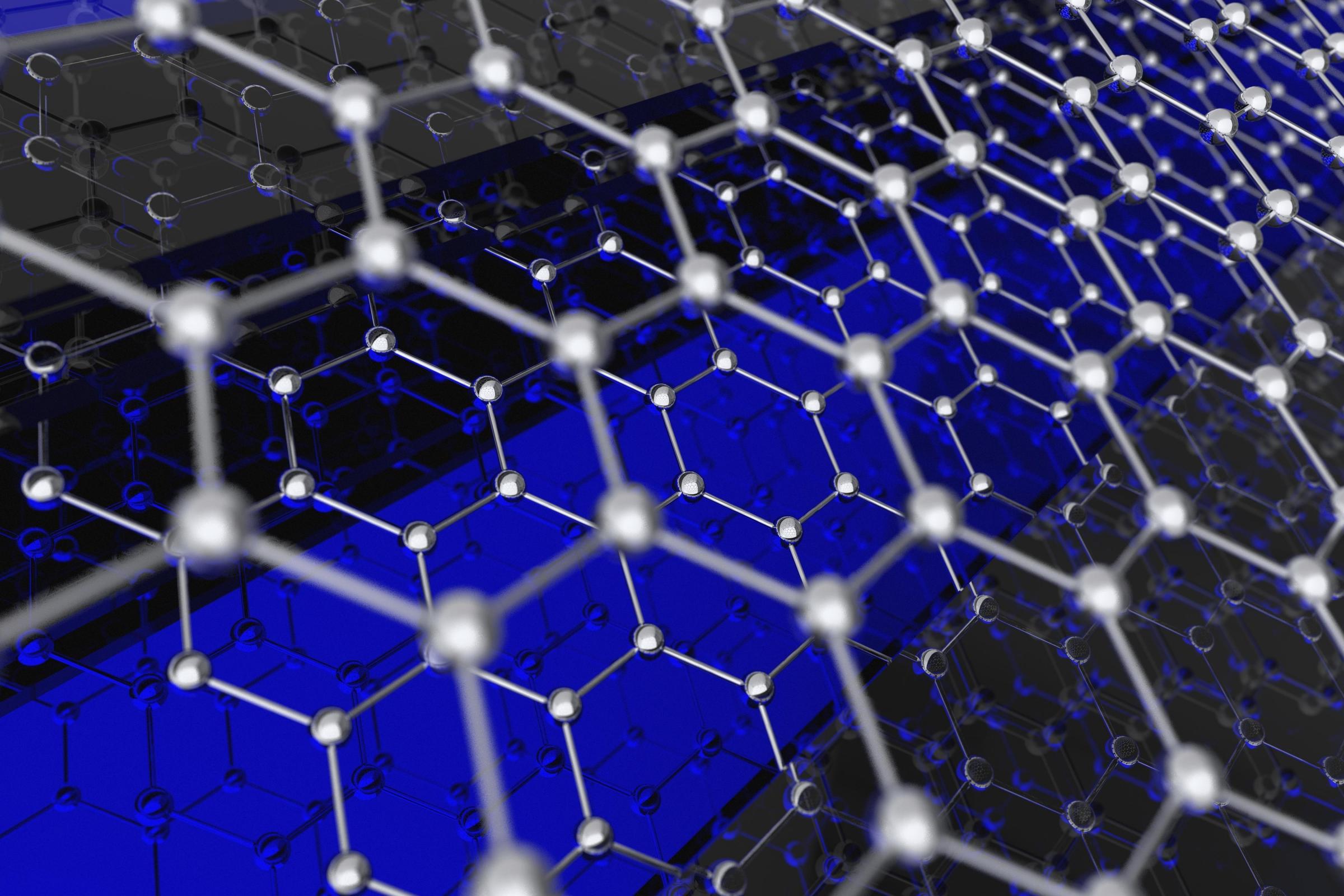With tech giants around the world dipping their toes in the foldable display game, a flexible, rollable, and foldable smartphone was inevitable. And it looks like Samsung has the upper hand at this point, having recently filed a patent with the US Patent and Trademark Office for a slick new design.
Dubbed Project Valley, the product features a foldable display that could roll and fold in a number of different ways, according to the patent application. But Samsung will likely take advantage of the fact that a foldable screen gives you many different surfaces on which to display things, so we could see screens on the outside, inside, and flanks of the new device.
While the patent was filed earlier this year, the US Patent and Trademark Office only just published it this week, so we can finally get a look at the details. Samsung filed a similar patent application in South Korea in 2014, so it could be that the product will be released there first before it’s rolled out to other markets around the world (excuse the pun).









